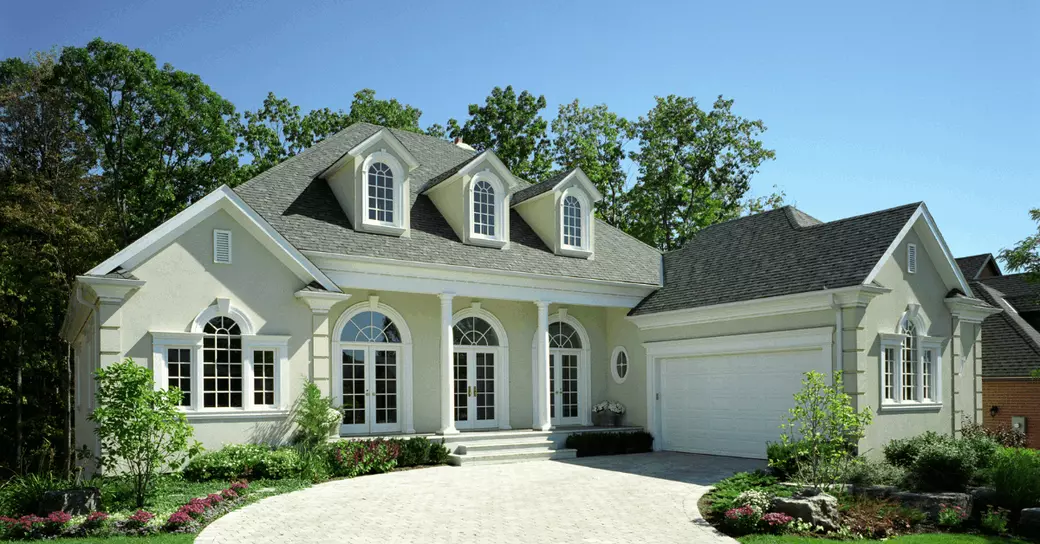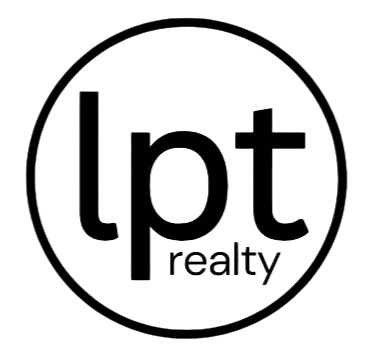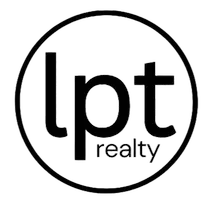Down Payment Assistance: Mortgage Help for First-Time Home Buyers and How to Apply

While it's often said that you need a 20 percent down payment to buy your first home, there are various programs designed to provide down payment assistance, meaning you could buy a home sooner than you might think.
Saving for a house requires commitment, but many first-time homebuyers are able to put down just 3-5% of the home sale price at closing, thanks to these assistance programs. In some cases, there are even zero-down payment options available.
What is Down Payment Assistance?
Down payment assistance helps first-time homebuyers cover the upfront costs of purchasing a home. This support can come in different forms, such as grants, forgivable loans, deferred-payment loans, and more. The amount of assistance varies, ranging from a few thousand to tens of thousands of dollars, and it can be used toward closing costs, principal reduction, or the down payment itself.
These programs are typically offered by local or state housing authorities and non-profit organizations, and they work in conjunction with various loan programs like FHA, VA, USDA, and conventional loans. Some lenders even specialize in helping buyers navigate down payment assistance programs.
Pros and Cons of Down Payment Assistance
Pros:
- Speed up the homebuying process: You can purchase a home sooner by not having to save as much for a down payment.
- Gain valuable homebuying knowledge: Many down payment assistance programs require you to take a course, providing helpful education about the homebuying process.
- Programs for public service workers: Some programs, like the Good Neighbor Next Door program, offer assistance to help public service workers live closer to their jobs.
Cons:
- Restrictions on selling: Many programs require you to own the home for a certain number of years before selling, often between 3 to 5 years. Selling earlier may require repayment of the funds.
- Possible repayment obligations: Some programs are structured as loans that must be repaid, either as part of your monthly mortgage payment or when you sell the home.
- Extended closing timeline: Using down payment assistance can make the closing process take longer, sometimes beyond the typical 30-45 days.
Down Payment Assistance Qualifications
To qualify for down payment assistance, you generally must not have owned a home in the past three years. You’ll also need to demonstrate a credit score of 620 or higher, steady income, and a manageable debt-to-income ratio. Some programs may have additional requirements, such as needing to stay in the home for a specific period or being restricted to certain geographic areas. Completing a homebuyer education course may also be necessary.
Can You Qualify for Multiple Programs?
Yes, it’s possible to qualify for more than one down payment assistance program. For example, you could combine an FHA loan with a down payment assistance program to reduce your financial burden even further.
Types of Down Payment Assistance Programs
- Grants: These do not need to be repaid and are often provided by government-funded, state-run programs.
- Forgivable Loans: These loans are forgiven if you meet certain conditions, such as staying in the home for a specified number of years.
- Deferred-Payment Loans: These loans are repaid when you sell or refinance your home.
- Down Payment Loans: These function as a second mortgage with low or no interest, repaid over time.
- Down Payment Match: Some programs match your down payment dollar for dollar, helping you double your initial investment.
How to Apply for Down Payment Assistance
- Research options: Start by researching down payment assistance programs available in your area.
- Talk to a lender: Your lender or real estate agent can help identify relevant programs and determine if you pre-qualify.
- Formally apply: Once you’ve found a program that works for you, submit your application.
- Attend a homebuyer education course: Many programs require this to ensure you’re informed about the homebuying process.
- Get pre-approved: After applying for assistance, work with your lender to get pre-approved for a mortgage.
- Shop for homes: Start searching for homes within your price range that are compatible with your assistance program.
- Make an offer: When you find the right home, submit a competitive offer.
- Apply for financing: Once your offer is accepted, proceed with finalizing your mortgage, keeping in mind the possibility of an extended closing process.
How Long Does It Take to Get Down Payment Assistance?
Because there is often some back-and-forth between your lender and the down payment assistance agency, the process may take longer than a typical 30-45 day closing.
Categories
- All Blogs (51)
- Buyer Stories (1)
- Buyer tips (7)
- Buyers (3)
- Buying (2)
- Buying Advice (3)
- Buying Assistance (3)
- Credit & Debt (2)
- Down Payment (1)
- Financing (8)
- Financing Options (1)
- First Time Home Buyer (20)
- Foreclosures (1)
- Interest Rates (2)
- Loans (4)
- Military (6)
- Mortgage Interest Rates (1)
- Mortgage Rates (1)
- New Construction (1)
- Personal Finance (2)
- Refinance (1)
- Schools (11)
- Tax tips (1)
- Title & Closing (1)
- VA Loans (1)
Recent Posts











